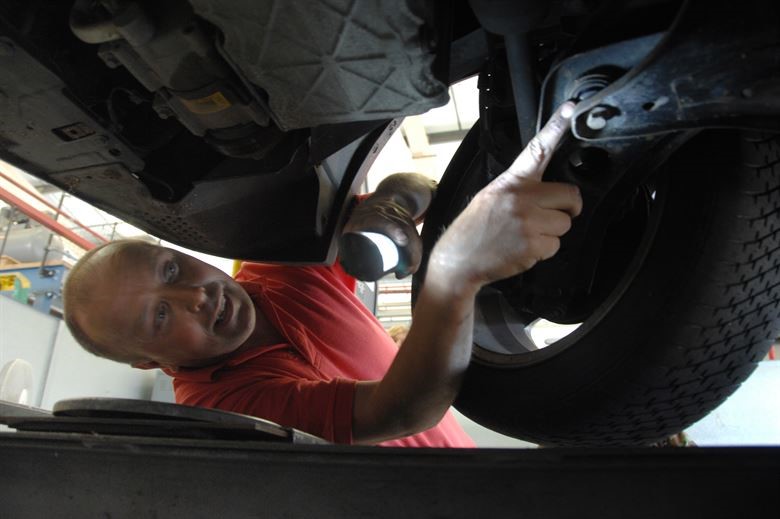Since the new rules introduced in May this year, over one million cars have failed their MOT tests and have been deemed ‘dangerous’.

New Guidelines
A minor fault with the vehicle can be repaired later – not on the spot – and does not mean the car will fail the road-worthiness test. However, a major fault will mean the car fails and must be fixed prior to retesting. According to the previous guidelines, the car would still be roadworthy until a new assessment is booked.
With the new rules, a car that has been deemed ‘dangerous’ should not be on the road at all until its issue has been fixed. Car owners may feel that they must pay for the repairs immediately at the garage which had conducted the MOT. Whilst this may put owners under pressure, it is certainly not the case – it is possible to call other garages, if required, and get quotes for collecting the car and undertaking the work. Locations that are certified for testing have been accused, since May’s new guidelines, of holding car owners to ransom for costs of required repair work.
Many drivers reported being overcharged by mechanics in these testing facilities, who had told them that the new rules meant that their car must be taken care of at their garage in order to stick to guidelines and keep it off the road.
So why choose Swiftfit? It is important to book your MOT with a trusted supplier for your Gloucester MOT.

Dangerous Defects
A ‘dangerous defect’ is classed as putting road safety immediately at risk or as having a severe effect on the environment. The car cannot be on the road again until said defect has been taken care of sufficiently. This can include incorrectly installed brake pads, worn wheels or the leakage of hydraulic fluid.
If your vehicle fails to pass the MOT and you drive the car prior to it being fixed, you will be fined up to £2,500 and could receive a penalty from three points on your license to a full driving ban.
In the UK, the average age of the cars on the road is increasing as less and less people buy new vehicles, meaning that this number could go up if people don’t start purchasing from the showroom.